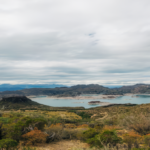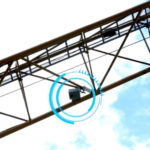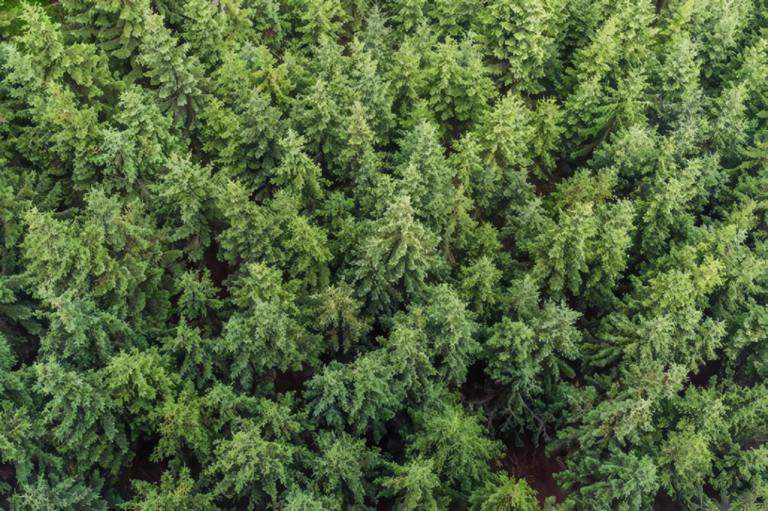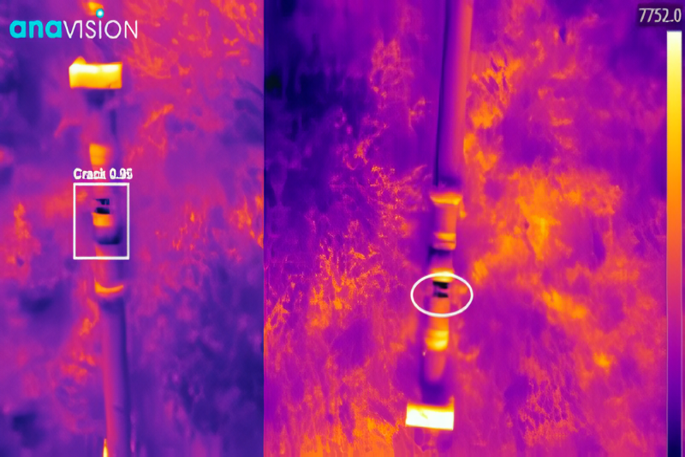Regular algae level monitoring of impounding reservoirs is necessary for many countries to ensure drinking water safety as the provision of quality water is an indispensable part of the livelihood of the people. Clean Water and Sanitation is one of the UN SDGs. According to the UN, “3 in 10 people lack access to safely managed drinking water services and 6 in 10 people lack access to safely managed sanitation facilities.” Therefore, there is an urge to come up with innovative solutions to monitor the algae level.
Some algal species in the raw water may produce unpleasant taste and odour compounds. A few algal species of blue-green algae and green algae may even produce toxic compounds that impact water quality negatively. Typically, the process of identifying and counting algae cells is done manually under the microscope. One can imagine that it is very time-consuming, labour-intensive, and tedious.
Although there are several statistical-based auto cell detection tools available in the market, they are generic and require users to adjust lots of parameters. Specific training is also required, which is not a fast learning process. In addition, this type of detection tool is not tailor-made for algae detection and the shape of the same type of algae may even vary – this may be caused by certain long-shaped algal species bending under the microscope or having different viewing angles/dimensions. Current detection tools are not able to recognize that those bent algal cells are actually the same type as non-bent algal cells. Therefore, the detection and counting error rates tend to be high with the traditional methods.
AI Algae Level Monitoring – Detection, Identification & Counting
Anavision has recently developed an AI-based algae detection, identification, and counting model that can upgrade the current manual workflow of algal cell identification and counting operations, thereby enabling a more efficient algae level monitoring.
By studying a large number of microscopic images, we have established a data annotation method to define different types of algae. The computer vision-based CNN detection algorithm is used to train and develop the AI-based model for algae detection. Unlike the traditional cell detection tools, it is tailor-made for algae level monitoring, without the need to adjust any parameters. Once the microscopic images are uploaded to the platform, the AI detection model will detect and identify different algal species. Then, it will automatically process the cell counting and show the results immediately. Users can retrieve results easily at any time.
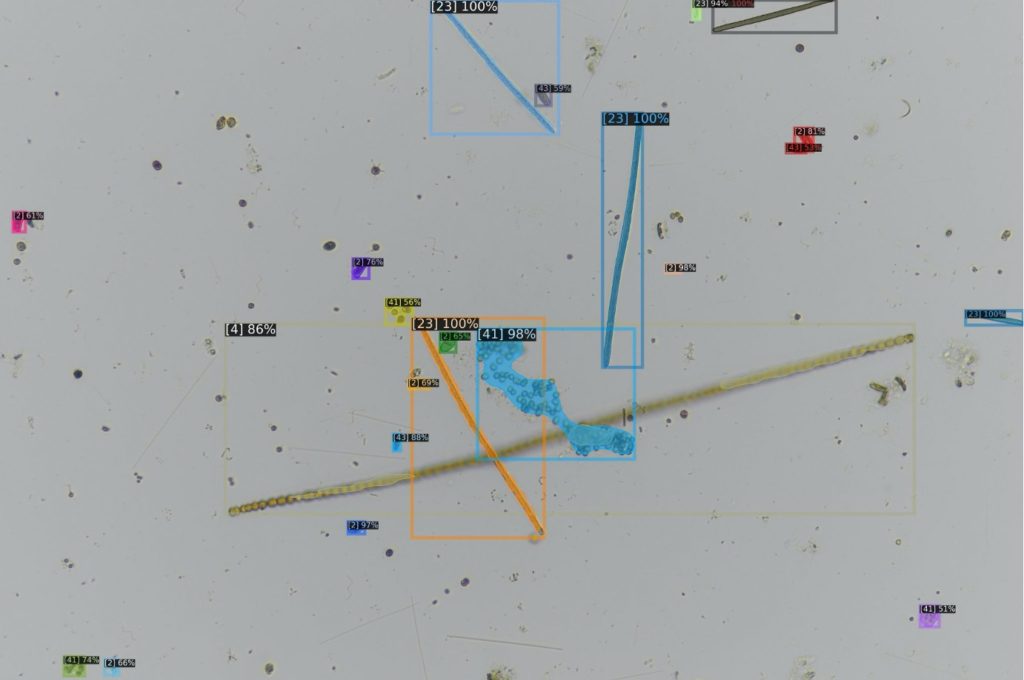
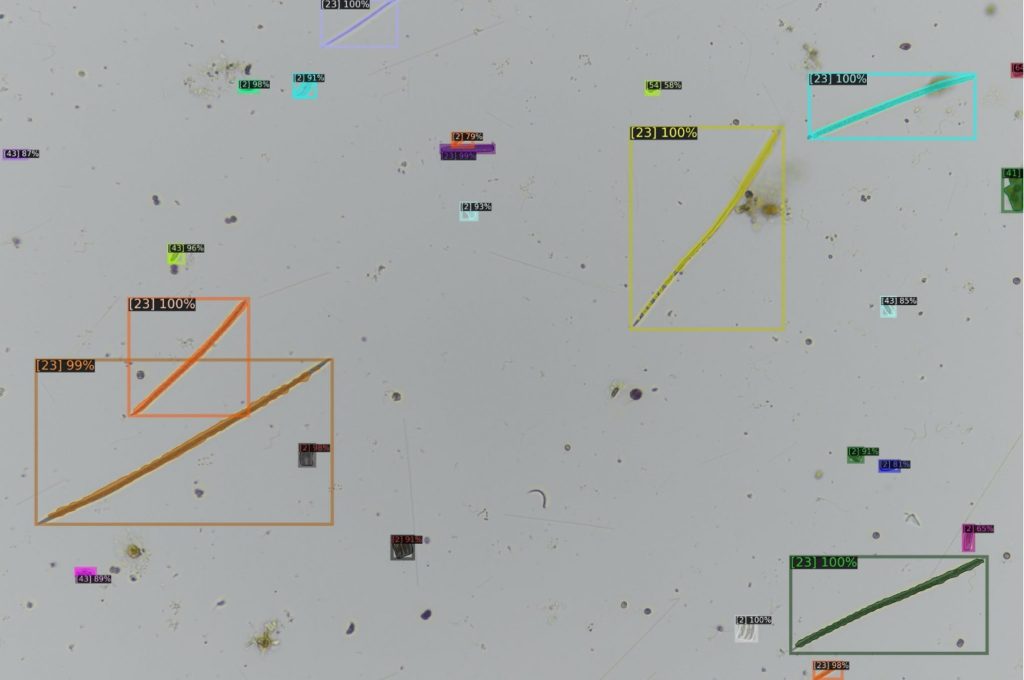
Our detection algorithm is currently capable of recognizing different algal species simultaneously. The deep learning techniques applied in the AI detection model can continuously learn and expand the types of algae that can be detected while processing more microscopic images, and thus improve the detection accuracy.
We believe that with this AI Algae Cell Counting System, the government department is able to perform high speed automated algae cell identification and counting. The system can greatly save time, reduce human errors and misjudgment, and allow more frequent algal level monitoring if necessary.


